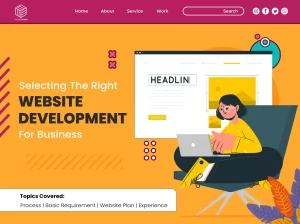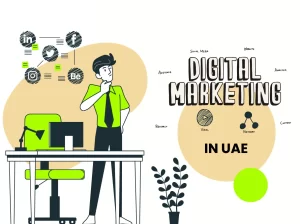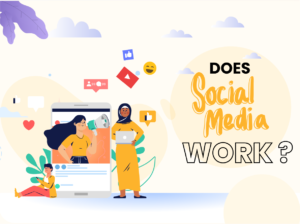Introduction
Getting your business online is easy, but succeeding online requires a strong foundation, careful planning and a solid understanding of professional website development.
We get loads of people asking us where to start and what they should consider when building a website, which is great – we love working through the process from start to finish – but if you’re looking to get the ball rolling quickly (or are just super-organized), we’ve compiled a list of what we think are the essential factors you should consider. Here are 10 things to consider for website development so you can start strong and stay strong.
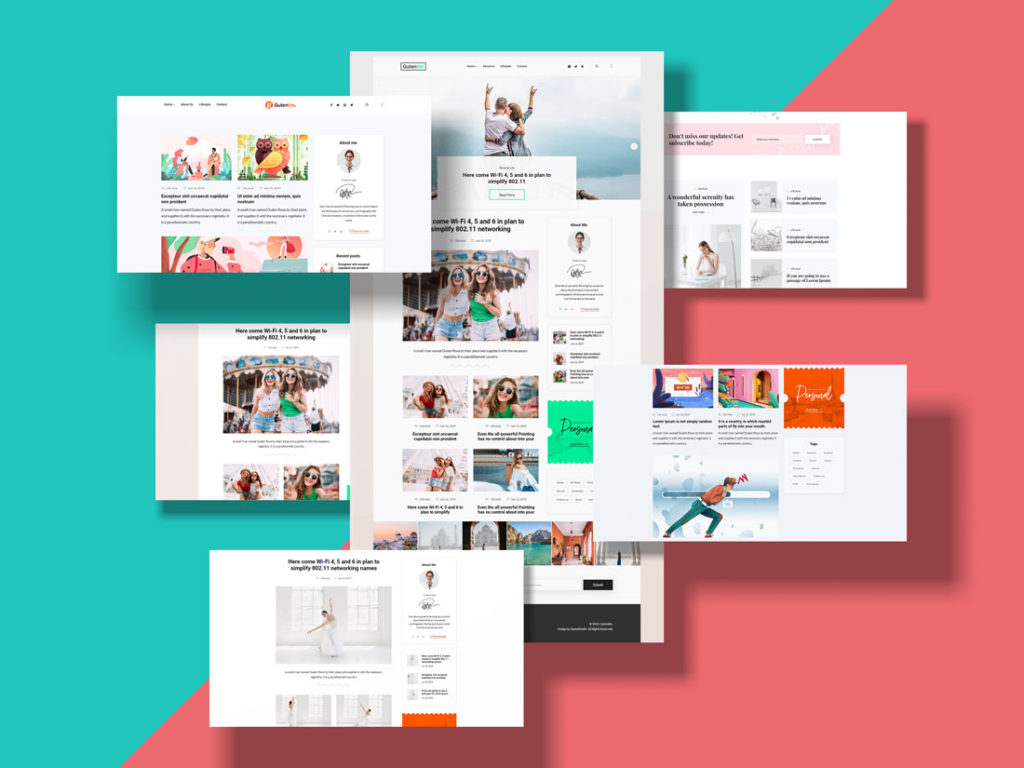
10 things to consider for a Professional Website Development

1 - Understand what you want from your website.
Everybody knows that a business needs a professional looking website, but few people take the time to consider what the website should do for your business. What is the primary goal? Do you want people to be able to find your business? Once they do, are you looking to educate them? Sell to them? Or just have them contact you? Your website development should be driven by its primary goal. If you don’t know what that is yet, take some time to really consider what your website needs to do for your business before pulling the trigger.
2 - Determine your ‘Calls to Action’
A call to action is the element of your website that asks the user to complete the primary goal of your site, such as ‘Call us now’, ‘Add to cart’, ‘Arrange a free quote’ or ‘Make a booking’. Once you know what you want your website to do, spend some time deciding how your website is going to encourage your visitors to do so. The more calls to action you plan during website development, the more opportunities and encouragement your visitor will have to achieve your website’s goals.

3 - Quality Professional Web Development Takes Time
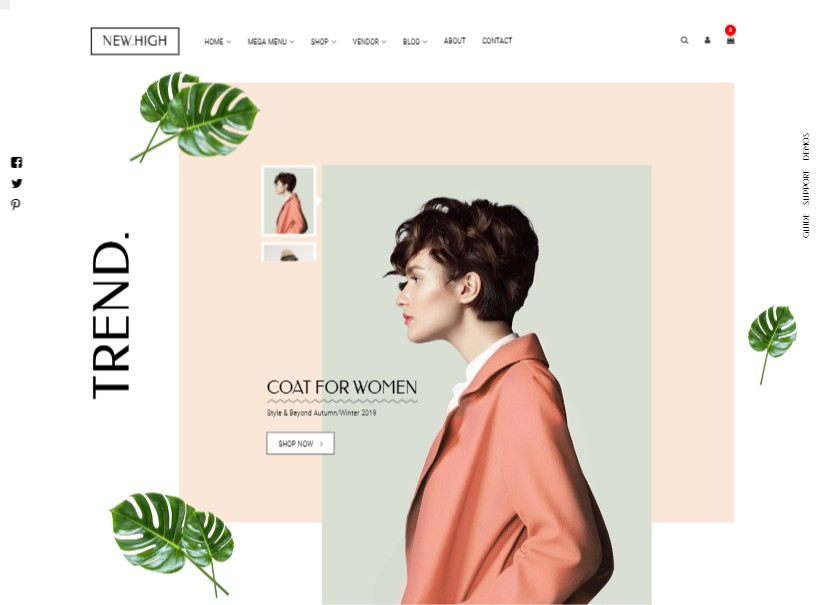
Building a professional quality website takes considerable planning and time, even if you’re a seasoned pro. There are many things going on behind the scenes of a website which you won’t always see on the pages. Before your site can be built, there is a significant amount of design required for the user interface and the back-end functionality. Once built, rigorous testing is required to make sure your website looks good on all screen sizes and functions reliably for all users. Be wary of web designers promising fast turnarounds. Without proper planning and design, you will likely spend more money rectifying issues than you saved opting for the express delivery option.
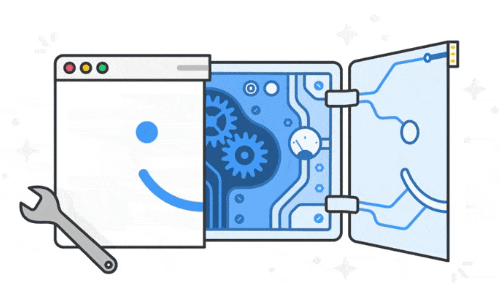
4 - Commit to Maintenance
So, you’ve launched your website, got a few extra leads and even started selling a couple of products online. Job done, right? Wrong! All too often business owners allow their websites to become stagnant and dated. Search engines like Google like to see fresh, active content and can often boost your search ranking simply because your website is updated regularly. Additionally, users will be inclined to return to a modern looking website with regular special offers or something new to see. If you’re savvy enough to update your own website, you may want to consider a blog or CMS (Content Management System). These features will allow you to update your own site, which is the most cost-effective way to keep your content fresh. Otherwise, consider a regular update schedule with your web designer to help keep your content fresh, interesting and up to date with the latest technologies.
5 - Use High Quality Images & Iconography
As the saying goes, ‘A picture paints a thousand words’. Humans are visual creatures and often before a user has read a single word on your page, they will start to have a visual experience and develop an impression of your brand. Good quality imagery says to your customer “our business upholds a certain standard for our products and services”. Even the most basic website designs can be brought to life with well thought out quality imagery. Conversely, the most professionally designed sites can be ruined with low quality or poorly chosen images. When providing images to your designer, ask yourself “do these images represent my brand image?”. Always make sure images are high resolution and of professional quality. If hiring a professional photographer is out of the question, consider stock image libraries for your photos and images.
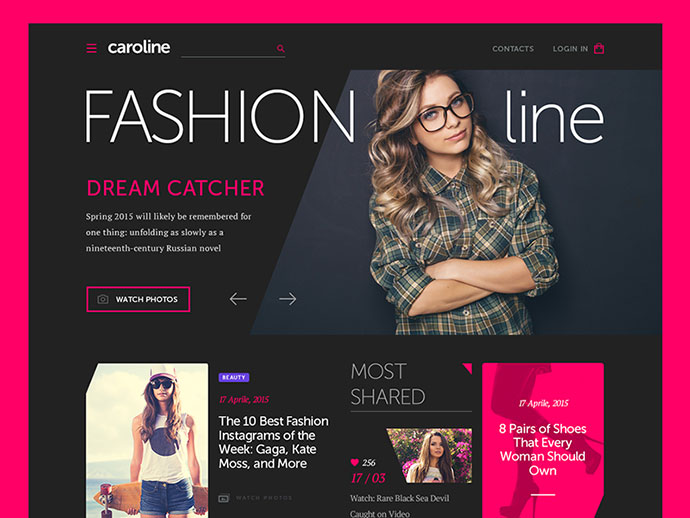
6 - You will Get What you Pay for

There are plenty of places who can throw together a website for a few hundred bucks. This may suit your budget but likely won’t achieve the goals of your business (which should be the primary focus of your website). Professional website development takes time, effort and expertise; so cheap rarely means good. Professional looking, high performing web sites require careful planning and rigorous testing to ensure your site looks good, reads well and performs great across all modern devices. When designing for the myriad of modern screen sizes, your web designer sometimes needs to design 3 or 4 different versions of each page to ensure a positive experience for every user. Your web designer should have lots of questions about your business and your goals. If they’re not asking much of you, they’re probably not going to deliver a solution tailored to your business needs. Additionally, a poorly designed site may load slowly or not appear in search results, rendering it useless for winning new customers. Worse still, your pages may not even display at all depending on the device and browser being used. Take the time to speak to your web designer and ask them what steps they take to ensure your website performs well. If they don’t have good answers, they probably don’t have good design practices!

7 - Understand your role in the design process
Even though you have enlisted the services of a web professional, website development is still a two-way street. Prompt, effective communication is the key to a smooth project that runs on budget and on time. To be able to work their magic, your designer is going to need to understand your business objectives, conversion goals and content requirements. Chances are they are going to ask for quite a few things from you along the way, such as imagery, logos, branding colours, text content (copy) and most importantly feedback! If you don’t respond promptly to your designer your project will likely run over time and may end up costing you more! If you are clear with your communication (especially when providing feedback) and make a point of understanding what your designer needs from you, your project will run more smoothly and be more likely to meet your expectations, budget and deadline.
8 - Search Engine Optimization (SEO)
SEO is the practice of optimising the pages of your site to give you the best chance of appearing in the top results of a search engine query. SEO is more than just a marketing cost, it is a true business investment. Statistics show that the likelihood of your page being clicked on decreases the lower your page appears in search results. In November 2018, the top 3 organic search ranking positions accounted for over 50% of all clicks in search results. If you want your business to be found by new customers online, strong search engine performance is going to put you in the best position to do so.

9 - Implement tracking
There are several tools available for tracking website performance. These tools provide valuable data such as:
– How often you and where appear in Google’s search results and whether you were clicked;
– Whether your visitor is a new or returning visitor and where they arrived from;
– How many visitors your site gets, which pages they viewed and for how long;
– Whether your visitors fulfil your website’s objectives e.g. purchase a product or submit an enquiry
This data provides detailed insight into the strengths and weaknesses of your website, allowing you to identify areas of improvement. Knowing what to improve to increase traffic will help you get the maximum return on your investment.
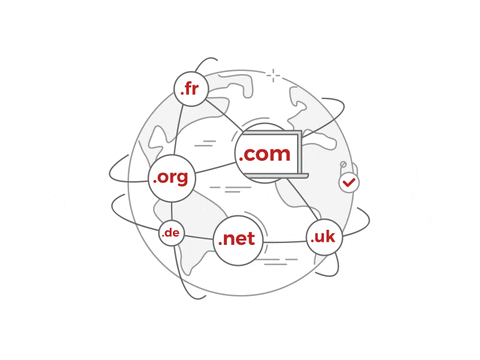
10 - Choosing your domain name
At the end of it all, your website is going to need a web address, or domain, for people to navigate to. Finding the right domain name for your brand can be a crucial factor in the success of your website. Using simple words and spelling in conjunction with your brand identity will make your domain name easy to remember. Incorporating SEO keywords into your domain name can also give you a lovely boost in search ranking for those terms. There are several resources online which will allow you to see if a specific domain name is available for registration. Otherwise, ask your web designer for help in finding available domain names.
There you have it. Armed with these 10 pro-tips you’re ready to put your best foot forward for professional website development.
Hope You liked Our Article
To read more similar articles keep checking our blog or follow our social media pages to keep updated.
If you have enquiry for Professional Website Development for your business, please contact us at creatives@creativepercept.com or call +971 4 345 6606
Office 3018, Building A5, Dubai Digital Park, Silicon Oasis, Dubai, UAE

